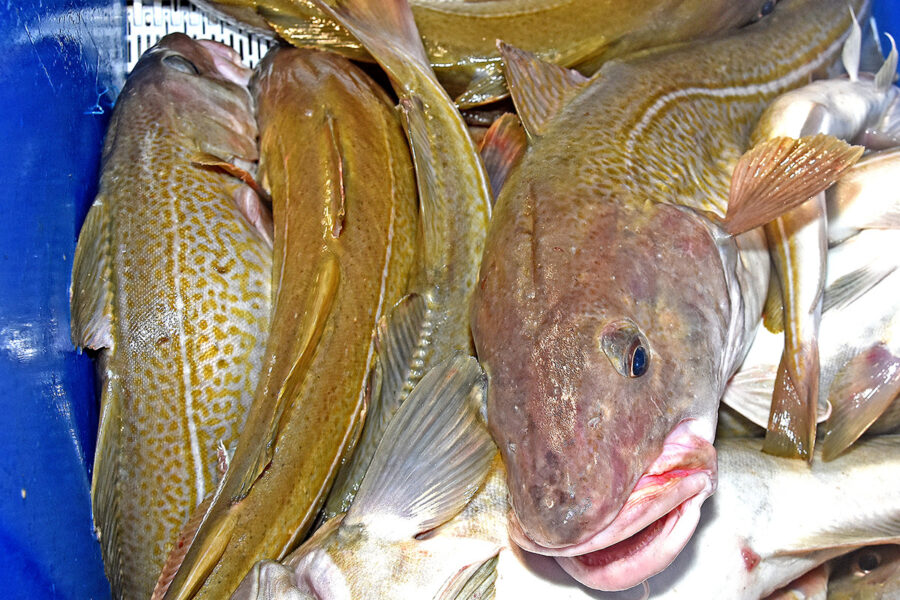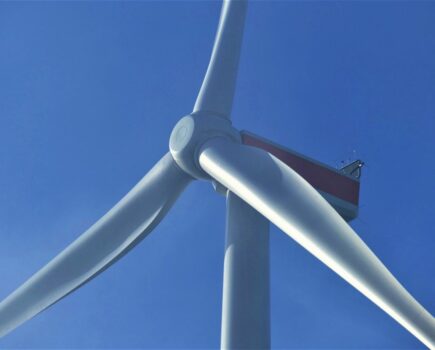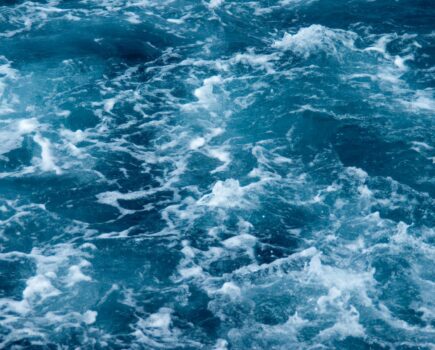The basis on which ICES has recommended a significant cut in the 2024 cod TAC – despite an acknowledged increase in the biomass – is fundamentally flawed, argues the Scottish White Fish Producers’ Association CEO

By MIKE PARK CEO of SWFPA and chair of the cod group of the Northern Fishing Alliance
The Northern Fishing Alliance (NFA) is a post-Brexit grouping of fishers, fishing leaders and industry scientists from the northern fishing nations. Gathering for the first time in late 2019 to help resolve some of the issues around North Sea cod, the alliance has written several position papers on a range of species for managers ahead of the autumn negotiations.
Delivering its work through issue-specific focus groups, the alliance has most recently set up a group to share knowledge on the impact of offshore renewables. It is thanks to the initiative of the NFA that the so- called cod symposium was held in 2022/2023, bringing together industry representatives, scientists and fishers to talk about the academic and practical knowledge around the cod in the North Sea and West of Scotland.
Its innovative format helped to round the knowledge in the preparation of the major cod benchmark (2023) that allowed a distinction of three major stock components in the reference area. The meeting also paved the path for what we hope will be an enhanced format for communication between fishers and ICES for all the other major commercial species.
The NFA cod focus group met in Schiphol on 26 September to discuss the ICES publication of cod in sub-area IV, divisions VIa and VIId, and subdivision 20 (North Sea, West of Scotland, eastern English Channel and Skagerrak).
Having just been through a benchmark process, stemming from years of data gathering and scientific consideration on possible splits amongst cod sub-stocks, this was the first of the advice being produced in the new format. The advice was split between Southern, a Viking, and a Northwestern sub-stock. The latter of the three sub-stocks incorporates sea area VIa, which until now has always been surveyed, and managed, as a separate stock.
Interestingly, the advice showed that the biomass of all three sub-stocks had increased significantly in recent years. It confirmed what the fishers were seeing and saying about the abundance of the Northwestern and Viking stocks, and provided a picture where even the biomass in the Southern sub-stock had increased fivefold since 2020. In contrast, fishing pressure in all three sub-stocks was heading in the opposite direction, which is also a positive sign.
When applying the maximum sustainable yield (MSY) approach, which is the approach we are now accustomed to using, to all three sub-stocks, it delivers a total allowable catch (TAC) of 34,120t. The TAC for the same areas in 2023 is 27,218t, so it represents an increase of 6,902t (25%).
The MSY approach means you treat stocks differently according to their status against the limit reference points. That being the case, the approach to the Southern stock was more precautionary than it was to the two northern sub-stocks. This was the approach used by the Assessment Working Group and the Advice Drafting Group within ICES. When the advice was passed to the Advisory Committee (ACOM), as a final stage prior to publishing, the whole approach was changed.
It was ACOM that decided the Southern sub-stock required additional protection, due to a degree of mixing between the Southern sub-stock and the two sub-stocks that sat to the north. In its wisdom, ACOM took the decision that the only way the Southern sub-stock could be protected was to apply the same precautionary approach as it had to the Southern sub-stock across the two northern sub-stocks.
The impact of this on advised catches is significant, reducing the figure from 34,120t to 22,691t, which would be a reduction in the total TAC year on year of 17%, and a massive difference of 11,429t between what we should get in 2024 (34,120t) and what ICES has now suggested in its published headline advice (22,691t).
With a first-sale value of £3.50 per kg, 11,429t of cod equates to around £40m of lost revenue.
So why has the NFA cod group reacted so strongly to the ICES headline advice? First, we view the position adopted by ICES through ACOM as an overreach of its powers. Furthermore, the risk of north-south mixing expressed by ICES will be the same level of mixing that has been taking place for years, yet we see the biomass of cod in the Southern sub-stock increasing fivefold since 2020. There is no indication that the fleet will fish harder on the Southern stock, just as there is no driver for vessels that never fish south of 60° latitude to change historic fishing patterns very suddenly.
The application of what is a de facto mixed fisheries approach across the sub-stocks of a single species makes no sense, given that cod is one species within a complex multi-species fishery. The precautionary approach adopted by ICES is designed ad hoc to deal with this instance, and deviates from the normal procedures of ICES itself.
The ideological concept behind the mixed fisheries approach is that the fishing pressure must be limited on all the stocks in the fishery at a level that protects harvesting of the weakest stock. In this case, ICES suggests that it makes sense to limit catches of cod in the northern sub-stocks to prevent overfishing in the Southern sub- stock, whilst at the same time ignoring other species in the fishery such as haddock, whiting, saithe, anglerfish, hake – and on the list goes. In an extreme extension, it is saying that fishing less around Shetland, for example, where the fishers are struggling to avoid cod due to the quantity on the grounds, will have a positive impact on the cod in the southern North Sea.
So, whereas the data in the ICES advice is very positive, with all the sub-stocks increasing significantly in biomass, ICES believes it is appropriate to apply its ad hoc precautionary approach across all three sub-stocks, which means that fishers will have significantly less cod to catch next year, notwithstanding that there will be more cod in the sea.
The impact of the fleets following the headline advice is obvious and tangible, given that we continue to operate within the constraints of the landing obligation.
This story was taken from the latest issue of Fishing News. For more up-to-date and in-depth reports on the UK and Irish commercial fishing sector, subscribe to Fishing News here or buy the latest single issue for just £3.30 here.
Sign up to Fishing News’ FREE e-newsletter here.








